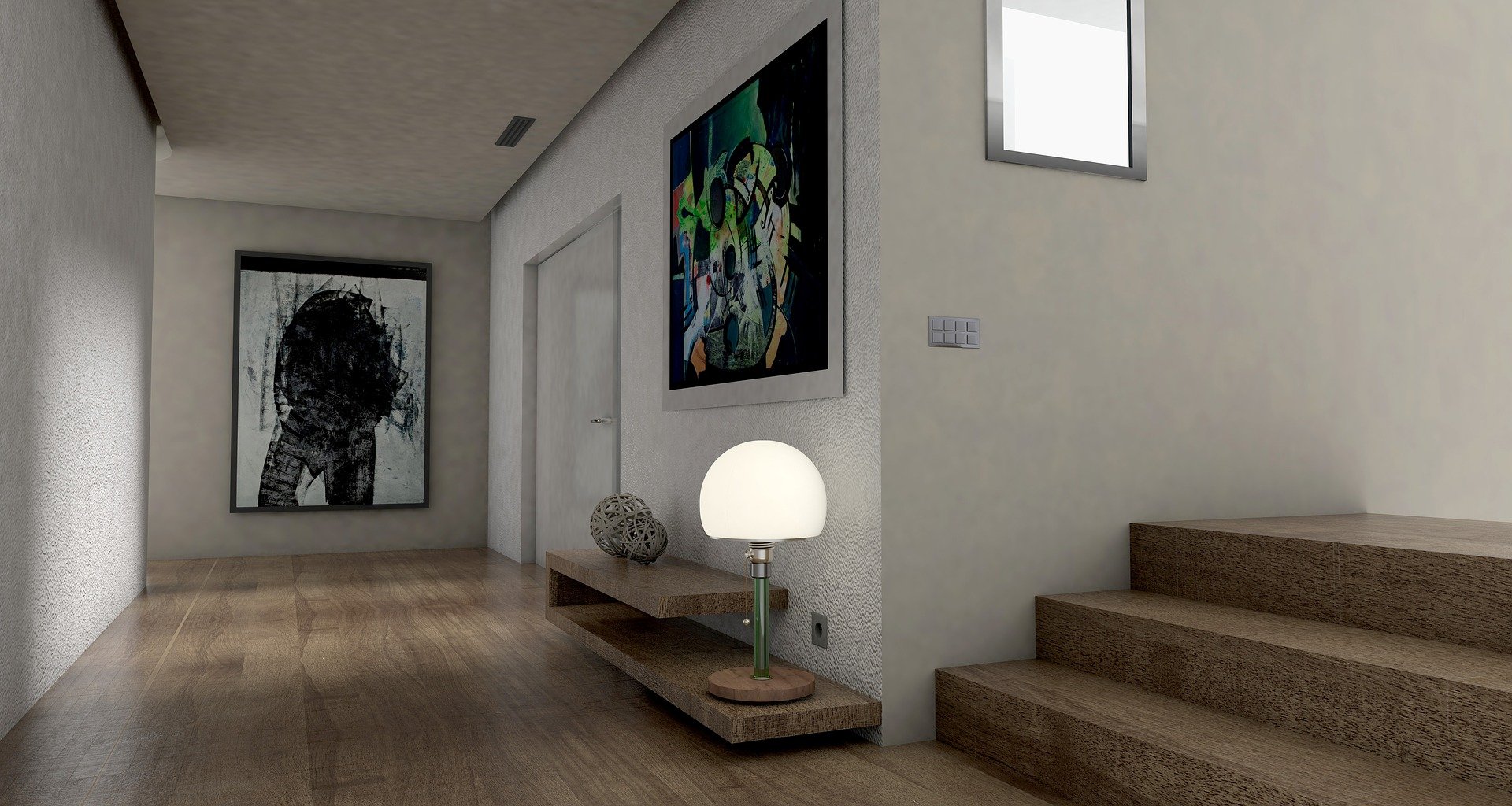21
Jun 2018
Help With Soundproofing A Floor
Do you need to soundproof a floor in your home? Soundproof Your Home are here to help! In this handy blog post we will go through some options and help you make decisions on how to Soundproof your Floor.
Soundproofing your floors could be to prevent airborne and impact sounds from travelling through your floors. Impact noise can include the sound of people walking by or the movement of furniture etc. Airborne noise includes the transfer of noise from places such as the neighbours tv, or conversations in different rooms. The following article will go through the
best methods you can reduce the most common types of domestic noise from coming through the floors of your home.
Are you preventing airborne or impact noise?
Airborne Sound – Airborne sound occurs when sounds travel directly from a source to the receiver. This would be through small holes or openings in the floors, walls or through ceiling cavities. Airborne noises are things such as conversations, TV noise, music and barking dogs.
Impact Sound – Impact noise is structural vibration, transmitted from a point of impact through a structure and experienced as radiated sound from a vibrating surface.
Commonly caused by an item hitting the floor. The impact results in vibrations transferring through the buildings structure. The most common path for the noise is generally to the ceiling below. Impact noises are footfall, dropping items on the floor, or children running.
Soundproofing a wooden separating floor constructed of timber joists and floorboards
A wooden separated floor is the most common type of construction used in domestic properties. This type of floor construction typically offers little to no sound insulation and with no absorbing layer will allow east transference of sound between floors.
Stop airborne sound transferring through a floor
Using Acoustic Insulation will reduce airborne sounds through wooden floors. Building Regulations stipulates 100mm 45kg/m³ insulation between floor joists as part of a separating floor to comply with Part E. A higher density insulation slab will help to reduce more airborne noise. Acoustic insulation should not be confused with rolls of thermal insulation which are lower in density. They do not offer the same level of sound insulation
Acoustic insulation such as the JCW Acoustic Impactalay can be fitted underneath the carpet to help reduce impact and airborne noise between floors. JCW Acoustic Impactalay Plus features an acoustic foam resilient layer sandwiched between and laminated to 2 layers of acoustic barrier mat. At the same time as acting as a superb carpet underlay, the acoustic foam of the central resilient layer will not harden and crumb like lower quality underlay, bouncing back from impact pressure every time, and de-coupling the floor from the carpet to deny sound transfer.
Another option for soundproofing timber floors would be the JCW Acoustic Deck 33 The Acoustic Deck 33 is a chipboard based premium acoustic deck overlay board, primarily used for timber floor. It offers, through its upper chipboard layer, a smooth, even surface, ready for the application of the final floor finish. When laid on all types of sub floor like timber, concrete or asphalt it will make an immediate difference to the level of impact sound.
There are two types of floor soundproofing solutions to reduce impact noise, acoustic matting or floating floors; both solutions will reduce impact noise transferring through wooden and concrete floor structures.
Deciding which type of flooring suits your requirements will depend on certain factors.
- Floor finish
- Carpet
- Laminate
- Tiled
- Wooden
- Height requirements
- What is the height restriction?
- What height can you raise the floor?
- Building Regulations
- Do you have to meet certain requirements?
Use acoustic matting to soundproof floors
Acoustic matting is the most common form of floor soundproofing used to reduce impact noise, the JCW Impacta 4551 is specifically designed to be used over all sub floor types like concrete, asphalt or timber.
This Acoustic matting is easy to shape and cut with a sharp knife, laid in a brick pattern with the edges butted together. A perimeter strip can be used around the edge of the room if you are using carpet underlay and carpet. If you are laying a hard floor finish over the mats you need to use a layer of 9mm ply or equivalent over the matting to reduce movement and possible damage.
These acoustic mats can be used to soundproof separating floors to meet the Part E Regulations when combined with acoustic insulation and the correct ceiling construction.
If you require any more help with soundproofing your floors please contact us, alternatively give us a call 01204 548 402 one of our advisers will be happy to help.
